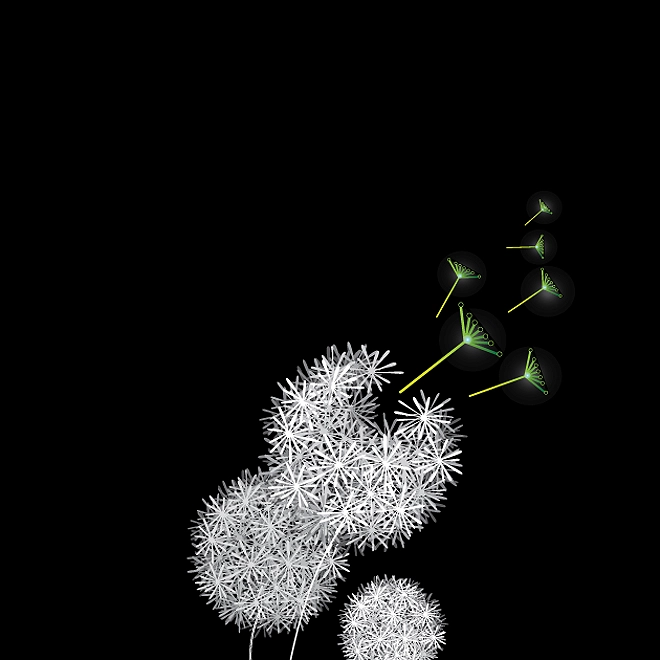The future of learning in government
To get the most out of learning, it should be designed around the learner. Here are five design principles that can help do just that and transform employee upskilling in the public sector.
Care model innovation
Health delivery organizations around the world are struggling to solve the long-present challenges of health care affordability, access, quality, and efficiency. However, existing care models can impede their efforts to adapt and evolve for the future, even as COVID-19 accelerates the imperative to transform. Care model innovation can help health delivery organizations to reduce or eliminate many of the challenges arising from today’s delivery models.




Government Learning and Public Sector Training
Integrated. Agile. Transformational. Optimized. These are the characteristics of public sector learning in the future. And the future is now. Why? Because jobs are rapidly changing, which means new skills and capabilities are needed today. Deloitte is leading the movement to build a learning ecosystem that delivers unique, data-driven employee training and leadership programs that empower everyone to learn, develop, and succeed.
Incentivizing learning by connecting it to career growth
Outcome-based learning is happening worldwide—and has also taken root in Argentina. The Government Lab of Argentina’s Design Academy, a project to develop a flexible, data-fluent public sector, educated more than 15,000 public servants in its first three years.11 Employees are given the opportunity to attend classes, events, or lectures according to their interests. They can learn from instructors, ranging from Harvard professors to veterans of Argentine public service.
The program strives to train public servants in three main areas: knowledge, skills, and culture.12 Subjects range from prototyping to agile methodology to data visualization.
An in-game economy of education credits incentivizes the students to participate. They may earn anywhere from 2 points for attending a lecture to 100 for an in-depth class. Each employee must earn 60 points annually to qualify for promotion.13 By offering and tracking education in soft and hard skills, Argentina’s program laid the groundwork for an outcome-based approach that can adapt to challenges.
2. Skills-focused learning
Create personalized learning journeys
Skills-focused learning is about creating personalized learning journeys that are tied to skill needs and learner experiences.
Learning is more than cramming information into an employee. Ideas tie together. Think back to the new cook learning from friends and online videos. Tending to sourdough starter will make a cook quicker to understand sauerkraut. The overlaps between skills will reveal the underlying science of fermentation, helping the cook improve at both. If visualized, learning often takes the shape of a web rather than a straight line.
The more experience a person has, the more frameworks they have for organizing new concepts. Attending a startup weekend event can familiarize someone with the lean business model canvass. Even if they don’t draw from that experience for years, suddenly it counts when they’re asked to pick up iterating with agile development. Skills feed into each other. It’s up to the organization’s leaders to help students practice the skills they need—now and tomorrow.
Self-directed learning journeys (personalized, user-driven, and adaptive)
The Canada School of Public Service (CSPS) designed its education system to let public servants shape their own education path. Rather than being pushed to learn topics in a specific order, students may explore a massive catalog of classes according to their interests, like a video game character moving through a skill tree. While CSPS suggests a progression for some topics, most of the modules are simple to peruse online at a self-directed pace. Supervisors can track employees’ progress if necessary.
Similarly, Singapore’s Civil Service College launched a new program to develop newly appointed director-level executives. The 10-month-long blended learning program prepares first-time directors for new responsibilities and helps them navigate their transition into the role.14
Self-directed learning journeys like these hand power to the learners. They channel intrinsic motivation, but with institutional guidance about which lessons suit their journey, (unlike online videos, where autoplay suggestions are less likely to keep them on topic). Students can then adapt to the changing demands of their job, skip parts they understand, and re-do sections that gave them trouble. Unlike a typical classroom, where each student has to move along at the pace of the class average, self-directed study allows students to learn to mastery.
Identify foundational skills
Often, an organization’s anticipated needs rest on a few key foundational skills. These skills, such as data literacy and analysis, agile development, data ethics, or a basic understanding of user-centric design, lay a foundation for other, more specific skills, from machine learning to predictive analytics.
To build this foundation, CSPS’s Digital Academy splits lesson plans into bite-sized “busrides,” which are designed to be short enough to complete on the bus to work. Busrides make skills acquisition flexible and less daunting. CSPS can adapt the curriculum to anticipated needs, and users can follow their own learning journey. These shorter modules explain the basics of important skills that workers may or may not decide to pursue in depth. Students are then prepared for serious study if they wish. If they decline, they still have the background to understand partners in an increasingly collaborative work environment.15
The US Department of Treasury provides an online modular-based data literacy program for its workers. The curriculum offers 25 data literacy courses at the beginner level and spans across five modules: data visualization, big data, data-driven decision-making, data and analytics literacy, and data and analytics at work.16
Understanding different types of skills (and nurturing enduring human capabilities)
New hires at Toyota plants are required to physically assemble car parts before they are allowed to just stamp them out in a machine.17 Toyota wants them to understand how the steel bends, and what force it requires. It’s not trying to train automatons who know how to do a task. It wants employees to understand the fundamental principles behind a task, giving them the capabilities to solve problems and imagine improvements.
A widely repeated maxim from the 2015 book A New Culture of Learning, argues that the half-life of a skill is five years.18 As former federal CIO Suzette Kent told a reporter, “Because what’s relevant in the space changes so quickly, I’d take somebody that had a certification in the last 24 months for the role before someone who had a degree 10 years ago.… If I’m putting somebody on the playing field, I want somebody who’s been in the game recently.”19
But not all skills lose relevance at the same speed. Durable skills, such as critical thinking, communication, and leadership, remain relevant longer than semidurable skills, such as a coding language, or perishable skills, such as knowing the trick to connecting to the office printer. Like Toyota managers, to get the most out of L&D, trainers should develop learners’ enduring capabilities as they train for perishable skills.
Training enduring skills can mean tapping into innate human qualities (figure 1). We all have imagination—we don’t all use it to imagine how other humans will view negotiations. To develop enduring skills into fundamental capabilities, encourage questions, curiosity, and mistakes—just enough messiness for workers to learn about the forces underlying their mission. (See more in our study on developing capabilities.)20 These enduring capabilities can help employees adapt as missions change and technologies evolve.



